Daqing Oilfield History Exhibition Hall
Daqing Oilfield History Exhibition Hall
Daqing Oilfield History Exhibition Hall is the first original Memorial Hall in China with the theme of petroleum industry, and it is a cultural relic protection unit in Heilongjiang Province. The museum is located at 32 No. 7 Road, Sartu District, Daqing City.
The exhibition hall integrates educational function, exhibition function, research function, tourism function and humanized service function, and becomes an important base for displaying the culture of Daqing Oilfield and the style of petroleum workers. The exhibition hall is also the base of patriotism education, the window of enterprise image display, the place of oil field history research, the platform of excellent cultural exchange, the palace of remembering oil ancestors and the holy place of tourism and leisure sightseeing.
On December 5, 2016, the National Tourism Administration announced that the historical exhibition hall of Daqing Oilfield had been downgraded.
In January 2017, the National Development and Reform Commission, the Ministry of Publicity, the Ministry of Finance, the National Tourism Administration and the Central Party History Research Office published the National Red Tourism Classic Scenic Spots List, among which the Daqing Oilfield History Exhibition Hall is listed.
Library brief introduction
Daqing Oilfield History Exhibition Hall is located at No. 32, No. 7 Road, Sartu District, Daqing City, formerly the seat of Daqing Oil Battle Command. On March 8, 2005, it was decided to build "No. 2 Hospital" into a historical exhibition hall of Daqing Oilfield. It took 18 months and 18 days to build the Daqing Oilfield History Exhibition Hall, which was opened on September 26, 2006.
Daqing Oilfield History Exhibition Hall covers an area of more than 15900 square meters, with an exhibition area of more than 4200 square meters, with 7458 exhibits in its collection. Daqing Oilfield History Gallery is a fine exhibition of "close to reality, close to life, close to the masses". The exhibition in the gallery can be divided into "Daqing of years", "Thunderstorm of Songliao", "Daqing of hard work, glorious journey", "Daqing Chizi, oil field backbone", "Daqing spirit, national soul", "great contribution, excellent brand", "spring breeze and rain, glorious march". Cheng, 100 years of oil field and 100 years of oil field imagination are nine parts. Through the organic combination of chronology and special topic, the brilliant development course of Daqing Oilfield in 46 years is fully demonstrated. The theme of the successful model of building socialist industrial enterprises under the leadership of the Party is highlighted in the following aspects: the magnificent style of oilfield leaders, the inheritance and innovation of enterprise culture, the great contribution of Daqing Oilfield and the cordial care of the central leadership.
Honors
Daqing Oilfield History Exhibition Hall has been awarded the Enterprise Spirit Education Base of CNPC, National Industrial Tourism Demonstration Site and National Youth Civilization Number.
In 2007, he was awarded the National Museum Top Ten Exhibition Exhibition Excellent Prize.
On December 4, 2007, in the announcement of the National Tourism Scenic Area Quality Grading Committee, the Daqing Oilfield History Exhibition Hall was rated as the national 4A-level tourist attraction, which is the youngest national 4A-level tourist attraction.
On July 16, 2009, the unveiling ceremony of the National Patriotic Education Demonstration Base of the Daqing Oilfield History Exhibition Hall was held.
Ironman introduction
Iron Man Wang Jinxi, (1923 - 1970), Yumen Man, Gansu Province, is a famous model worker in China. He joined the Communist Party of China in 1956. He led the 1205 drilling team to set up the first oil well in Daqing, and set a world drilling record of 100,000 meters per year. He is known as an Ironman of the oil field for his indomitable will and drive of "living less than 20 years and striving to win the big oil field". In 1959, Wang Jinxi was awarded the title of National Advanced Producer at the National Qunying Association. Wang Jinxi is a member of the Ninth Central Committee of the Communist Party of China and a representative of the Third National People's Congress.
Wang Jinxi's "Iron Man Spirit" has inspired generations of oil workers. The Iron Man is not only a vanguard fighter of the working class, but also a model of the Communist Party. He is also a national hero who participates in the country's difficulties and strives for national glory.
Oilfield history
Background: In the past 40 years, Daqing Oilfield has made great contributions to the country in the continuous development and construction. By the end of 2004, 1.82 billion tons of crude oil had been produced, and more than 100 billion yuan of interest and tax had been paid. This contribution stems from the determination of the eldest son of the Republic to throw off China's oil-poor hat, and from the firm belief that the oil man is concerned about the separation of the country. This determination and belief is the common value orientation of Daqing people: "patriotism, entrepreneurship, realism and dedication". And this spirit, in this brand-new era, is enriching the connotation of enterprise development, shaping a distinct, personalized corporate image. Daqing Oilfield uses the rising culture to enrich its own wings, and drives the enterprise forward with its unique power.
The course of development:
Daqing Oilfield, located in the north of Songnen Plain, was founded on September 26, 1959. Ouyang Qing, then Secretary of the Heilongjiang Provincial Party Committee, named it "Daqing" because it was the tenth anniversary of the founding of New China.
On February 21, 1960, the Songliao Petroleum Battle Leading Group was established, and Lieutenant-General Yu Qiuli, a "one-armed general", was appointed as its leader. On May 26, Anda County, where Daqing Oilfield is located, was abolished and Anda City (prefecture level) was set up. Anda People's Committee in Anda Town belongs to the Songhua River Special Zone. In October of the same year, the Songliao Oil Battle Command was relocated to Sartu. On November 7, 1961, Kang Shien was the commander of Songliao Oil Battle. On June 23, 1964, Anda City was abolished, Anda County was restored, and Anda Special Zone was established, still known as Anda City. On December 14, 1979, Anda City was renamed Daqing City, under the direct jurisdiction of Heilongjiang Province.
Daqing Oilfield is one of the few super large sandstone oilfields in the world. It is 138 kilometers long in North and south, 73 kilometers long in East and west, and covers an area of about 6000 square kilometers. It consists of 48 oilfields of different scales, such as Sartu, Xingshuyan, Lamadian and Chaoyanggou.
The development of Daqing Oilfield has gone through the following stages:
1. Carry out a war of hard work and pioneering work (1960-1963)
2. Overall development and rapid production (1964-1975)
3. Emancipating the Mind, High and Steady Production (1976-2002)
4. Sustainable and Effective Development and Establishment of Centennial Oilfields (2003-present)
Influence meaning
Since the opening of the Daqing Oilfield History Exhibition Hall, the exhibition hall has adhered to the core concept of "carrying forward the spirit of Daqing and creating excellent exhibition halls", adhered to the principle of being close to reality, the masses and life, optimized the advanced education mode of the whole country, implemented free opening to the society, and opened a green passage for the public to enter the exhibition hall, close to history and receive education; and adopted appointed explanation and regular explanation. Combining methods to maximize the service of explanation; summarizing the expert version, adult version, student version, English version and other versions of explanation, setting up different lengths of explanation routes, highlighting the humanization and effectiveness of education; exploring various methods such as position education, network education, activity education, remote propaganda education, and joining the Party and League with organizations from all walks of life and at all levels. Oath, traditional education in battle and other thematic educational activities, sent exhibitions to the grass-roots level thousands of times, give full play to the strong role of exhibition hall in serving the society, promoting civilization, serving the cohesion of enterprises, and serving the audience's educational virtues.
On June 26, 2009, Hu Jintao, General Secretary of the Central Committee of the Communist Party of China, President of the State and President of the Central Military Commission, inspected the pavilion and praised the lecturer for his good presentation. Over the past two years, the pavilion has completed more than 100,000 group reception tasks at the national, provincial and ministerial levels, and has received more than 1 million domestic and foreign tourists, winning wide acclaim from all walks of life.
Daqing Oilfield History Exhibition Hall is not only the window of enterprise image display, but also the place of oil field history research. It is not only the platform of excellent cultural exchange, but also the palace of remembering oil ancestors and the holy place of tourism and leisure sightseeing.
Tour guide
Transportation:
Daqing City Traffic: Take No. 1, 5, 21, 23, 24, 25, 32, 35, 106, 225, 301, Ring Bus No. 5 to get there. The buses from Daqing Bus Terminal to Dongfeng New Village all pass through the scenic spot. Just ask the steward before boarding.
Best travel time:
Daqing City is located in the north temperate continental monsoon climate zone. Affected by Mongolian inland cold air and Ocean warm current monsoon, its general characteristics are: cold and snow in winter, more monsoon in spring and autumn, average annual temperature of 4.7 C, and the best travel time is summer and autumn.
Address: No. 32, No. 7 Road, Sartu District, Daqing City, Heilongjiang Province.

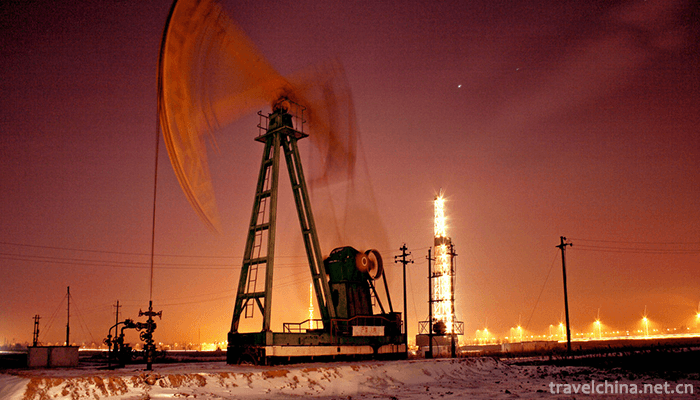
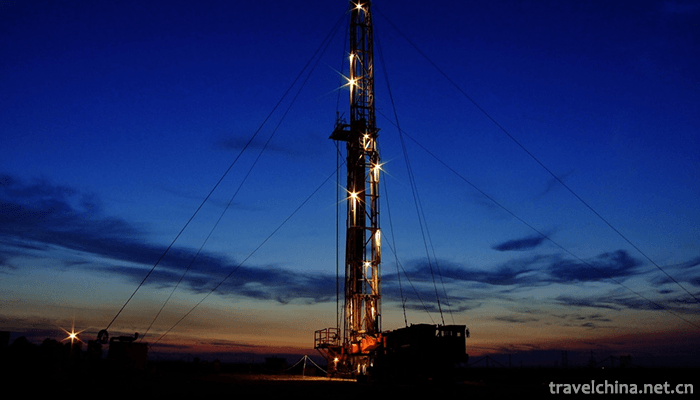
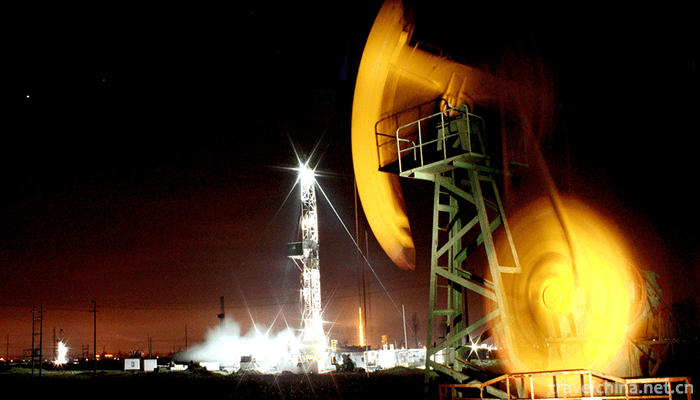

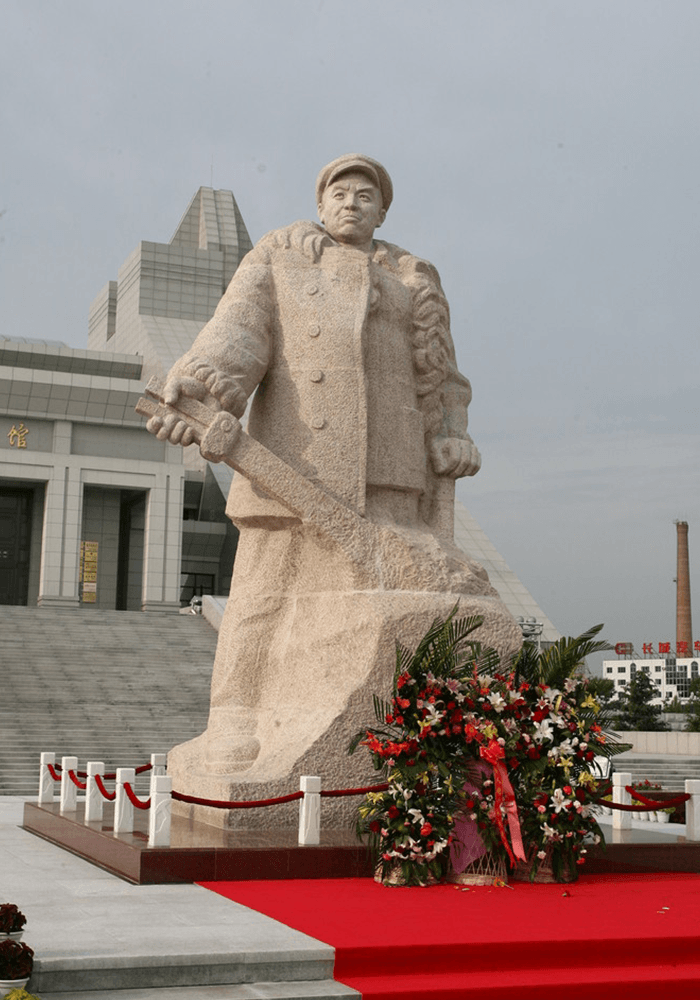

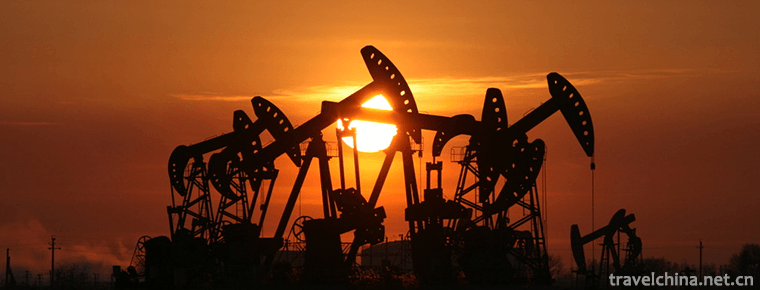
-
2.Changchun World Sculpture Park
Changchun World Sculpture Park is located in the south of Renmin Street in Changchun City. It covers 92 hectares, including 11.8 hectares of water.
Time 2018-12-05 -
3.Shengzhong Lake Scenic Area
Shengzhong Lake Scenic Spot: The largest artificial lake in southwest China, Shengzhong Lake, is located in Shengzhong Lake Scenic Spot of National AAAA Tourist Area in Southern County of Sichuan Prov
Time 2018-12-26 -
4.Mao Zedongs former Residence
Comrade Mao Zedong's former residence is located in Shaoshan Village, Shaoshan Township, Shaoshan City, Hunan Province. It is located in the South and north of Shaoshan Village
Time 2019-02-07 -
5.Qufuming Old Town
Qufuming Old Town: World Cultural Heritage, one of the three holy cities in the world, national AAAAA tourist attractions, National Scenic spots, national key cultural relics protection units, one of
Time 2019-02-07 -
6.Little wild goose pagoda
Xiaoyan Pagoda is located in the Jianfu Temple of Anrenfang, Chang'an City, Tang Dynasty (now the southern suburb of Xi'an City, Shaanxi Province), also known as the "Jianfu Temple Pagoda".
Time 2019-02-25 -
7.The Religion and Customs of Baosheng Emperor
Baosheng Emperor, also known as Wu Zhenren, was born on March 15, 1979, in Baijiao Village, Tong'an County. Since his childhood father died of illness
Time 2019-04-04 -
8.Production Techniques of Chinese Painting Pigments
Jiang Sixutang's skill in making Chinese painting pigments is one of the intangible cultural heritages. The manufactured products of Jiang Sixutang Chinese Painting
Time 2019-05-02 -
9.Jiangzi dama Festival
Dama Festival: It is a traditional Tibetan program with unique style in Jiangzi area of Tibet. It is said that the first Dama Festival is a horse race and archery competition held to celebrate the com
Time 2019-05-05 -
10.Shatar Mongolian chess
Mongolian chess is a popular folk sports game in Inner Mongolia. Generally speaking, there are two types of Mongolian chess, one is Shatar with 8 x 8 squares on the chessboard, the other is Hayashatar
Time 2019-06-03 -
11.Wood carving
Wood sculpture is a kind of sculpture, which is often called "folk craft" in our country. Wood carving can be divided into three categories: solid round carving, root carving and relief carv
Time 2019-06-06 -
12.Centipede dance
Centipede dance, Guangdong traditional folk dance. Originated from Tongzhi in Qing Dynasty to Guangxu, it was initiated by Chen Chengjin, a native of Ximen, and Shi Wenyong, a good friend. It is a squ
Time 2019-06-29